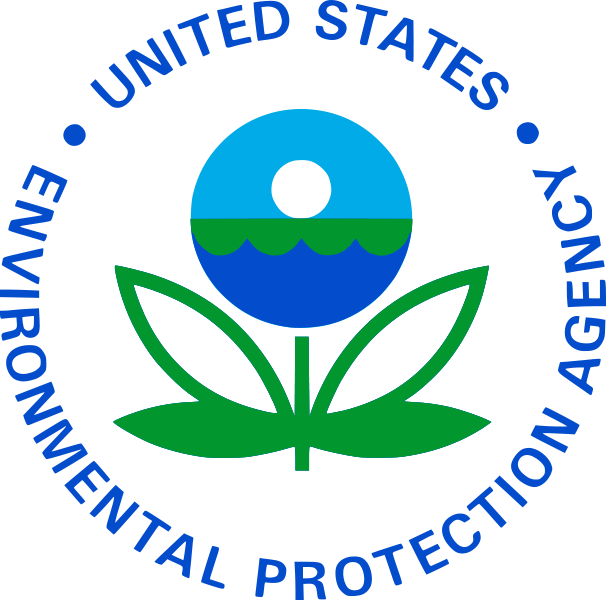Brief introduction of EPA
The United States Environmental Protection Agency (EPA or sometimes USEPA) is an agency of the U.S. federal government which was created for the purpose of protecting human health and the environment by writing and enforcing regulations based on laws passed by Congress. The EPA was proposed by President Richard Nixon and began operation on December 2, 1970, after Nixon signed an executive order.
The EPA has its headquarters in Washington, D.C., regional offices for each of the agency's ten regions, and 27 laboratories. The agency conducts environmental assessment, research, and education. It has the responsibility of maintaining and enforcing national standards under a variety of environmental laws, in consultation with state, tribal, and local governments. It delegates some permitting, monitoring, and enforcement responsibility to U.S. states and Native American tribes. EPA enforcement powers include fines, sanctions, and other measures. The agency also works with industries and all levels of government in a wide variety of voluntary pollution prevention programs and energy conservation efforts.
The agency has approximately 17,000 full-time employees. and engages many more people on a contractual basis. More than half of EPA human resources are engineers, scientists, and environmental protection specialists; other groups include legal, public affairs, financial, and information technologists.
Logo of EPA






